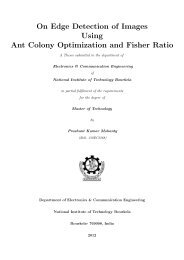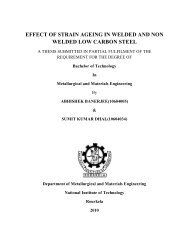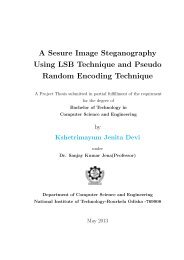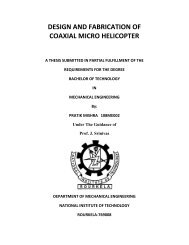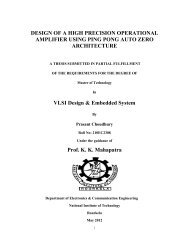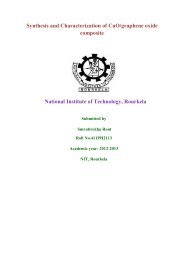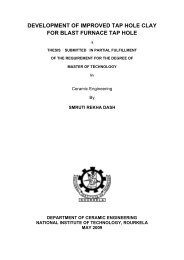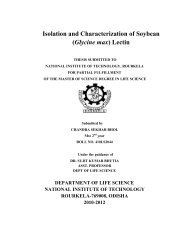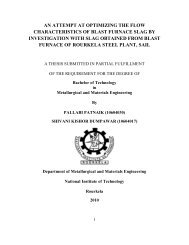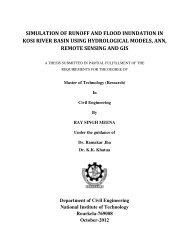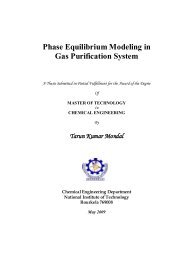FPGA Based Network Security architecture for High Speed Networks
FPGA Based Network Security architecture for High Speed Networks
FPGA Based Network Security architecture for High Speed Networks
You also want an ePaper? Increase the reach of your titles
YUMPU automatically turns print PDFs into web optimized ePapers that Google loves.
2.3 Related Work<br />
ule, bit parallel multiplier was used and <strong>for</strong> modulo (2 16 + 1) correction, low-high<br />
algorithm [4] was used. For the overall design, a scalable pipeline was used where<br />
the number of pipeline stages were decided during compilation time. The de-<br />
sign achieved a throughput rate of 1500 Mb/s.The drawback of the scheme is<br />
that, the area requirements is not fixed every time due to variation of pipelined<br />
stages.Moreover, due to session initialization and key calculation, the overall per-<br />
<strong>for</strong>mance is slightly low in this scheme.<br />
Cheung and Leong [19] further implemented IDEA on a bit parallel architec-<br />
ture [16] on Xilinx Virtex XCV300-6 <strong>FPGA</strong> and achieved a data throughput of<br />
1166 Mb/s at a system clock rate of 82 MHz.The implementation was runtime<br />
reconfigurable and by direct modification of bitstream downloaded to the <strong>FPGA</strong>,<br />
the key scheduling was done.Moreover, the implementation was scalable with in-<br />
creased resource requirements.With a full hardware support, a throughput of 5.25<br />
Gb/s was estimated using this design.<br />
With a fully pipelined approach, IDEA was implemented by Hamalainen [20]<br />
using Xilinx XCV1000E-6BG560 <strong>FPGA</strong> and the throughput of 8 Gb/s through-<br />
put was achieved by the design.The modulo multiplier used diminished-1 number<br />
representation [11] and the multiplication schemes used in [21] [22], [8], [23] were<br />
implemented and compared.Finally, the multiplication scheme of [22] was chosen.<br />
For cyclic left shifts, extra combinational logic was used and Carry save adders<br />
were used <strong>for</strong> multi-operand addition.The entire design was made using loop un-<br />
rolling <strong>architecture</strong> but it was slightly less efficient in terms of area requirements.<br />
Till now, the fastest <strong>FPGA</strong> implementation was done by Gonzalez [24] where<br />
a throughput of 8.3 Gb/s was achieved using Xilinx Virtex XCV600-6 device. The<br />
speciality of this design was that, all the operational units were replaced by con-<br />
stants and a partial reconfiguration was used along with superpipelining.The only<br />
drawback <strong>for</strong> this scheme is that, not many devices support partial reconfigura-<br />
tion.<br />
Using embedded multipliers, IDEA was implemented by Pan and a throughput<br />
of 6 Gb/s was achieved but the design was costly in terms of area efficiency.An<br />
17





